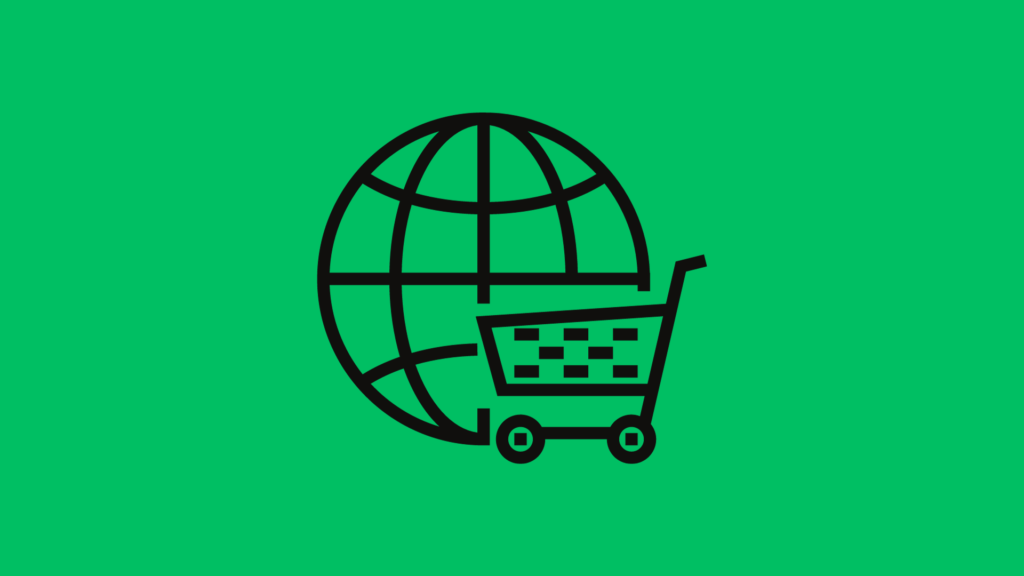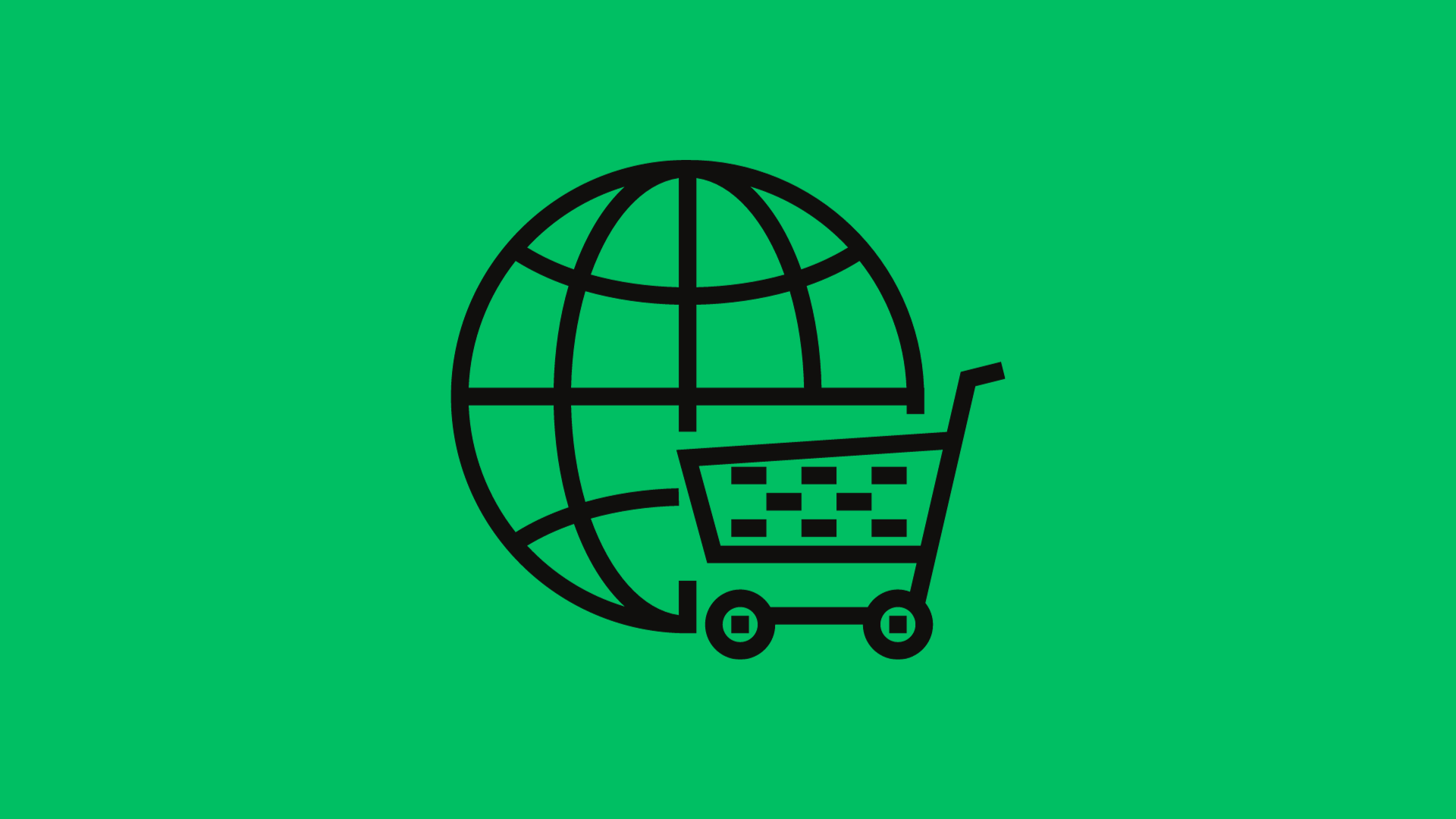The rapid growth of digital commerce, also known as e-commerce, is one of the most significant technological and economic developments of the past few decades. Digital commerce refers to the buying and selling of goods and services over the internet and online platforms. In 2023, digital commerce is expected to continue its strong growth and have an even greater impact on businesses and consumers worldwide. Here is an overview of why digital commerce is so important and what trends we can expect to see in 2023.
Growth of Digital Commerce
Digital commerce has exploded in popularity and usage over the past decade. According to eMarketer, global retail e-commerce sales reached $4.9 trillion in 2021, up from just $1.3 trillion in 2014. This represents a nearly 300% increase in just seven years. The COVID-19 pandemic further accelerated the adoption of digital commerce, as more consumers shifted their spending online during lockdowns and restrictions on physical stores. eMarketer predicts digital commerce will grow to over $7.4 trillion worldwide by 2025.
A key driver of this growth is the continued spread of internet access, smartphone ownership, and digital payment platforms around the world. Developing economies are rapidly coming online and gaining access to e-commerce services. Younger, internet-savvy generations are also embracing digital commerce for more of their spending. The result is that digital commerce is increasing its overall share of total retail sales globally.
Benefits for Businesses
The rise of digital commerce offers significant strategic advantages for businesses across industries. First, it provides access to a much wider base of potential customers for any company with an online presence. Businesses can sell to customers anywhere there is internet access, rather than being limited by geography. This allows even small companies to compete in global markets.
Second, digital commerce greatly improves business operational efficiency. Automated order processing, inventory management, and payment collection reduce costs and labor requirements for transactions. Businesses can also use data analytics on customer shopping behaviors to optimize sales, marketing, and product development.
Third, the flexibility of digital commerce platforms allows businesses to innovate and adapt faster to changing markets and consumer preferences. Companies can update their product offerings, pricing, promotions and channel strategies in real-time to align with shifts in the competitive landscape. Those that fully leverage the benefits of digital commerce will gain considerable competitive advantage.
Benefits for Consumers
Digital commerce also delivers significant value to consumers. The most obvious is increased access to a vast selection of products. Customers can browse and purchase from millions of items across every product category on digital marketplaces like Amazon, or more specialized e-commerce sites. This includes both new products and hard-to-find items that may not be available locally.

The convenience of shopping anytime, anywhere on computers and mobile devices is another major consumer benefit. Digital commerce provides flexibility to purchase goods when and where it is most suitable rather than during fixed business hours. Time-strapped consumers can save significant time researching and buying products online.
Digital commerce also enables better price discovery and comparison. Tools like product reviews, user ratings, and price aggregation sites allow quick research to find optimal deals. Switching costs between retailers are lower online, giving consumers more bargaining power. Leveraging these advantages enables smarter purchasing decisions.
Key Digital Commerce Trends in 2023
Looking ahead, what are some of the most important developments we can expect in digital commerce during 2023? Here are some of the key trends:
AI and Automation – Artificial intelligence and automation will see increased usage across digital commerce platforms, powering more intelligent search, personalized recommendations, predictive analytics, conversational interfaces, and autonomous delivery. AI gives retailers better insights into customer preferences while providing consumers a more tailored shopping experience.
Voice Commerce – Voice-based interfaces and virtual assistants are making the online shopping experience more seamless. Consumers can simply speak their orders and make purchases through devices like smart speakers. As natural language processing improves, voice will become a major digital commerce channel.
Live Video Shopping – Live video shopping, which simulates the interactive experience of in-store shopping, is taking off in some markets. It combines entertainment with retail as influencers showcase products during live streams. Consumers can buy featured items in real-time. Social platforms are betting big on shoppable live video.
Mobile Commerce – Mobile shopping will account for an ever-greater share of digital commerce, projected to reach nearly 75% of online sales by 2025. Optimizing the user experience for smartphones and tablets is imperative for retailers. Technologies like QR codes and digital wallets will provide more seamless mobile payment options.
Social Commerce – More commerce is happening directly within social media platforms. Features like shoppable posts and digital storefronts allow users to browse and buy products without leaving apps like Instagram and TikTok. Social platforms provide brands a more personalized channel to engage potential customers.
Sustainability – Sustainable practices around production, packaging, and shipping are increasingly demanded by consumers. Retailers need to be transparent about their sustainability efforts. Technologies like blockchain can help track ethical sourcing and demonstrate a smaller environmental impact.
Quick Commerce – Ultra-fast delivery in as little as 10-15 minutes is becoming more common in urban areas with the rise of local micro-fulfillment centers. Startups using dense delivery networks and predictive algorithms provide convenience and instant gratification. Traditional retailers are racing to compete on speed.
Decentralization – Digital commerce is gradually moving from centralized e-commerce giants to decentralized platforms and protocols on Web3. These aim to redistribute power to buyers and sellers enabling permissionless, peer-to-peer transactions via blockchain and cryptocurrency. decentralized commerce networks have the potential to fundamentally disrupt the industry.
Conclusion
In summary, digital commerce has become integral to the retail ecosystem and continues on a rapid growth trajectory. The benefits for businesses include expanded markets, improved efficiency, and innovation capabilities. Consumers have embraced digital channels for the vast selection, increased convenience, better prices, and personalized experiences. As technology advances, digital commerce is evolving with new AI, voice, video, mobile, social, sustainable and decentralized platforms. Retailers that strategically adapt to these trends will gain advantage as digital transformation accelerates globally. The progress of digital commerce ensures its importance will only increase in 2023 and beyond.





